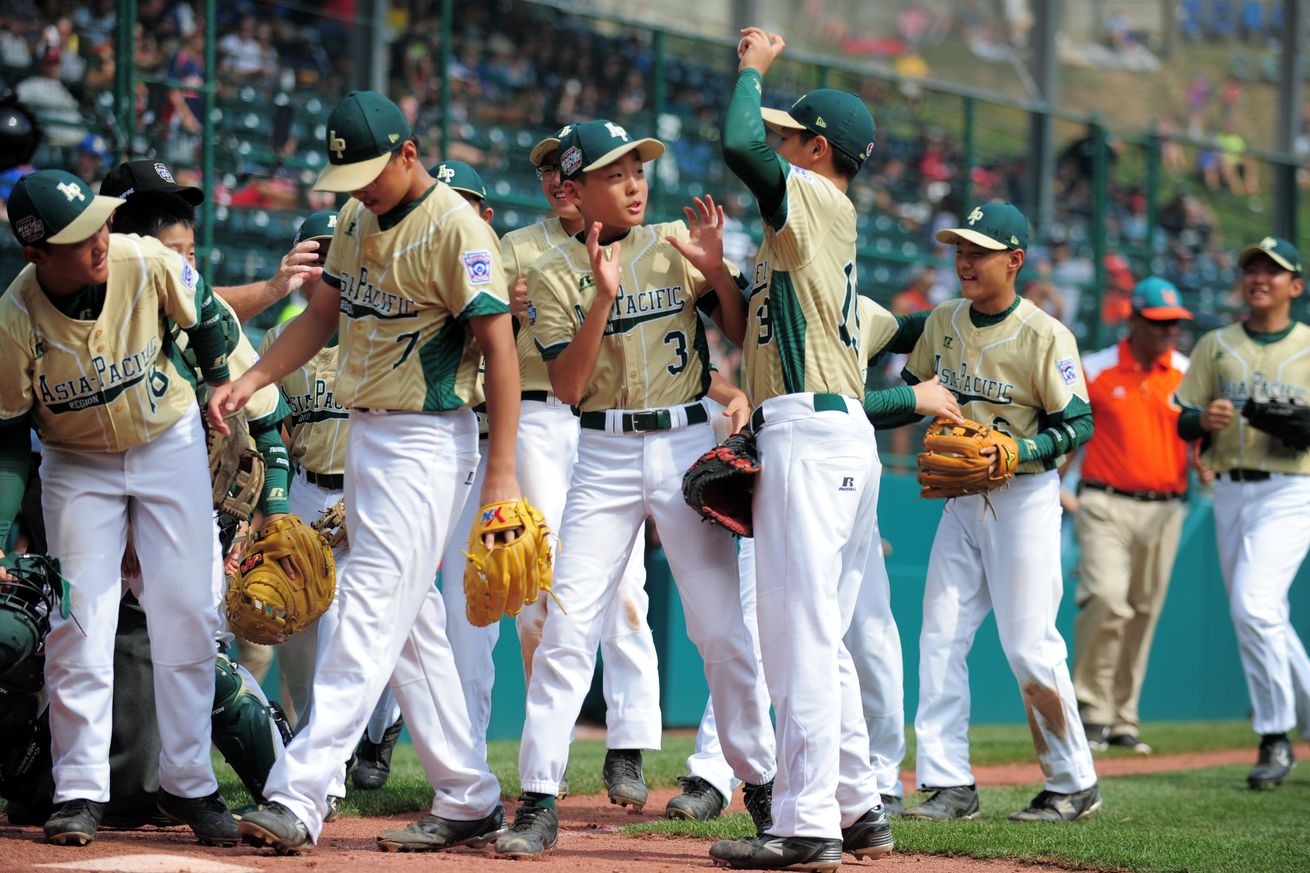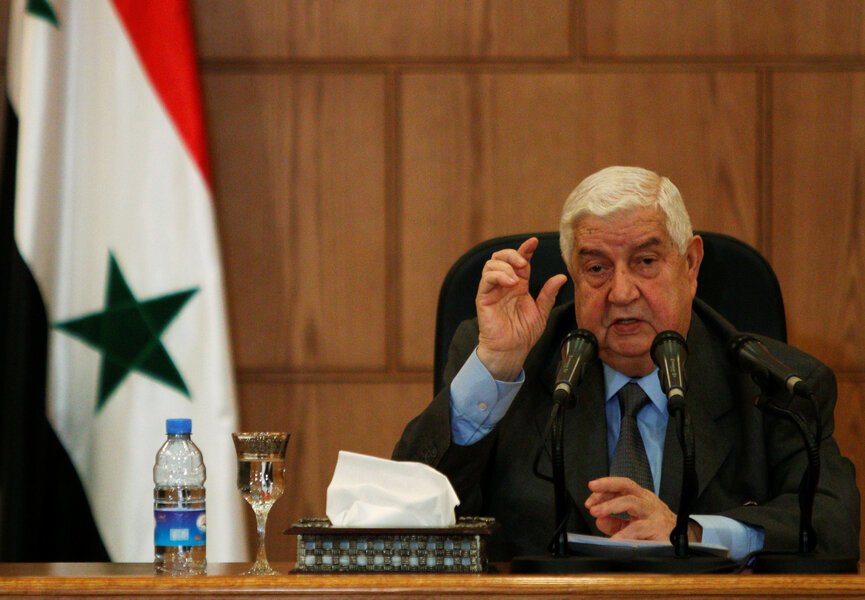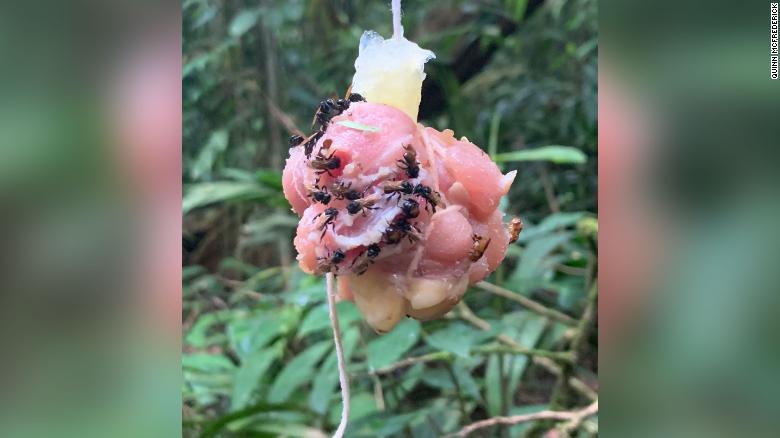

Peace Valley’ cemetery revered by Shia Muslims.
The Wadi al-Salam cemetery, Arabic for “Peace Valley,” has a special place in the hearts of Shia Muslims as it surrounds the mausoleum of their first imam, Ali Bin Abi Talib, a cousin and son-in-law of Prophet Muhammad.

(Alaa Al-Marjani/Reuters)
Death rate spikes with battle against ISIS.

(Alaa Al-Marjani/Reuters)
The pace of burials rose from 80-120 per day to 150-200 per day after ISIS overran a third of the country in 2014, according to Jihad Abu Saybi, a historian of the cemetery.

(Alaa Al-Marjani/Reuters)
Cost of burials nearly doubles.
As land becomes scarce, the cost of a standard 25-square-metre family burial lot has risen to about 5 million Iraqi dinars ($5,466 Cdn).

(Alaa Al-Marjani/Reuters)
This is almost double the amount paid for the same lots before violence escalated as ISIS exerted control over large swaths of north and western Iraq in 2014.

(Alaa Al-Marjani/Reuters)
Residents tend to the graves of their relatives.

(Alaa Al-Marjani/Reuters)
Family members of those buried at Peace Valley cemetery often come to wash the graves of their loved ones.

(Alaa Al-Marjani/Reuters)
Tombs reflect wealth of the dead.
Often built with baked bricks and plaster, decorated with Koranic calligraphy, some graves are underground while others are above-ground tombs, reflecting the wealth of those within.

(Alaa Al-Marjani/Reuters)
Fighters visit shrine before heading into battle.
Shia paramilitary often visit Ali Bin Abi Talib’s golden-domed shrine before heading to the front lines to battle ISIS.

(Alaa Al-Marjani/Reuters)
Those who are killed request to be laid to rest in Wadi al-Salam, as a reward for their sacrifice.

(Alaa Al-Marjani/Reuters)
Graves as far as the eye can see.
Millions of graves of different shapes lie in the roughly 10-square-kilometre cemetery that attracts burials from Shias all over the world.





